Last night Sylvie came home from her regular training at her gym, Petchrungruang here in Pattaya, and she was in the aftermath of a kind of realization. These times when she comes home are always full of animation, as she relates the successes and losses of the day, for years now in Thailand pushing her way through the physically arduous realities of a Thai style, family style gym. But, as difficult as it has been physically, the mental hurdles have been equally, if not more immense. It’s her dream, so she dreams hard. I think it is fair to say that no person in the history of fighting has had the kind of access to such an intense variety of influences and knowledge stores. Even elite Thai fighters or great western boxers of the days of lore graduated through a fairly narrow funnel of knowledge, the particular coaching trees of particular gyms where they trained. But Sylvie has gone out exploring, archiving the great fighters of the Golden Age, training with them, writing about them, and taking them on as regular coaches, much of which this Sylvie Study site and the Muay Thai Library is devoted to. I don’t know if there’s ever been a human being exposed to this depth of quality, and breadth of variety of knowledge in a single fighting art. And, in many ways it’s like just opening up a spigot, with Sylvie’s brain taking in as much as possible, training into as much of it as possible, because this stuff is precious.
But today’s story was different. There she was standing there as always, not yet changed, having put her stuff down a few feet from the bed where I’m always doing digital stuff. She’s telling me about how she was sparring one of the Thai boys at the camp, 30 minutes straight (no rounds), and how frustrated she had become at the tension she could just feel building in her body. She realized then, and was recounting now, how she was standing in front of him in just a different body lean, a different stance, than the one she has in front of the bag, or in front of Pi Nu in padwork. Why was she not standing the way she already knows how to stand?
What this story comes down to is a certain kind of cumulative effect or realization, that has been coming for a very long time, and likely will still be arriving for years. It maybe began with the month long instruction of Karuhat as found in the Intensive and the same we filmed with Chatchai in the same month, which will be published in the Intensive as well. Karuhat, one of the slickest fighters everywhere, began quietly showing her how to “read”. Not how to do particular techniques, or even how to fight a certain way, but how to see. But not see by looking. It’s very hard to see without looking. Karuhat began teaching her this. And as Sylvie’s an excellent student, she tried really hard to learn it. And she did learn it, in all sorts of ways. But the best and sweetest part had not filtered down, into the deepest part…yet.
So she’s telling me this story, and about how she was just sitting with Pi Nu and maybe some others, after training. She recently had a realization about these times, after training, which she blogged about here:
This is a kind of Wolf’s-Light time, when the magic happens. People expect technique to be transmitted during training, when you are really gutting it out. But in Thailand it often will happen in this twilight time, after training. In any case, she said she got up and started feeling…feeling, not doing…her shadow boxing very slowly in front of them. She was saying that she had gotten herself into this funk in how oddly she had been standing in front of her sparring partner, full of tension. She hadn’t been standing right, and had even taken that into padwork afterwards. What’s up with that. So right there she just started working slowly though the movements of her everyday shadowboxing, but trying to feel it, nothing more. Slow. Feeling.
I’m going to tell you something. I’ve watched a hell of a lot of Sylvie’s shadowboxing. In fact, I’ve seen a hell of a lot of shadow boxing from others too. I’ve never seen movements like the movements she was doing in front of me, demonstrating her story to me. Never. To show that she really knew what she was talking about, she would shift between how she usually shadow boxed, pretty regular, nicely composed, technically correct movements, and then shadow boxing in way of feeling. I’m still kind of blown away by it. Never seen anything like it.
The proximate trigger to this possibility probably came from our Mental Training Muay Thai Reading Group we are doing, discussing the classic The Inner Game of Tennis. On Patreon you can catch up on our past discussions here:
Mental Training Reading Group – The Introduction (+Vipassana)
Chapters `1 & 2 – Mental Training (1 hr 17 min)
Chapters 3 & 4 – Mental Training (58 min)
Chapters 5 & 6 – Mental Training (1 hr 24 min)
Or, you can add to the mix on the Open Facebook Group: MTMT Reading Group. In any case the Inner Game‘s “quiet your inner coach (Self 1) and let your body (Self 2) just FEEL techniques” approach, and applying those principles is what lead to this breakthrough moment, this sudden awakening of the body. Also, Sylvie’s journey into Vipassana Meditation, which is all about non-judgemental awareness and observation, also primed the ground for this new edifice, this unusual temple of movements. It’s been a few years of teaching, experience and experimentation that lead to this thing. In a certain sense Sylvie has just said that it’s only that it was the right time to realize it. The student was ready. I write all of this not to praise her, as my goodness, she is incredibly praiseworthy and a hero in all she does, but to just shine a little light forward, a crack of light from the door, into the dark hallway of your own path, the direction to head toward. The thing about these kinds of realizations is that they cannot be rushed, they cannot be forced. You can feel where they are going, but if you hit the gas the realization will vanish, or become constricted. You just keep feeling, let things come and go.
We were driving in the car today to pick up Sylvie’s parents who are visiting us – we do not get to see them very often. I was asking her about her realization, but she really didn’t have much to say about it, which is probably the way it should be. It belongs to her, it’s in her body, not where words are. I’ve often thought about Muay Thai technique, and the beautiful Muay Thai of the legends that we are archiving, and that Sylvie trains with. It’s truly incredible stuff. Sometimes techniques appear that you’ve never seen before, or even a shin angle, or a limb arc. It’s easy to get caught up in all that is visible in a mechanical sense. But, I’ve often thought about how it would be if for instance you were trying to learn to rap like Biggie or Snoop (rap is not really the issue here, it works for Thrash Metal or Baroque Fugues). And how if you spent all your hours memorizing the exact words of their raps, and even thinking hard about HOW they rapped. But…you never sunk down into their flow. I mentioned to Sylvie in the car, with urban, somewhat dirty Pattaya sliding past us, the bright sunlight of late Thai morning beaming through the windshield, you could rap like Biggie using complete nonsense words. You could hum your way through Biggie or Tupac or Snoop, scat your way. You don’t need the words. You need the flow. This is the precious thing found in the legends we film, and the priceless thing that Sylvie has felt first hand.
Want to know what flow is, watch Yodkhunpon “The Elbow Hunter” feel his shadow:
Biggie’s flow:
What I got to see in those few moments of her story, standing a few feet from the bed, her workout clothes still damp from endless repetitions, was Sylvie’s Flow. What Muay Thai feels like to her, her muay, fed by the Ganges of a 100 sacred rivers. What the late and recently passed great Andy Thomson said, Everyone has their own Muay Thai. This is the crazy thing. You don’t get your own muay by pounding it out and creating it. You get it by imitating others, by humming along to their music, their flow, moving your body through the feel of what the movements mean. This is why there is so much intense variety of Muay Thai in Thailand, techniques upon techniques, styles upon styles – and why there is so little variety of the same in the west. Even in a single Thai gym you will find incredible diversity, its an ecosystem of diversity. It’s not a matter of talent. Or even quality of instruction. It’s a matter of feeling. I can’t even tell if that hoop dancer above is any “good” (???), moving to Biggie. But I can tell exactly what he is doing. He is feeling and expressing himself. If you were going to rap like Biggie, or throw elbows like Yodkhunpon, you have to start and end with the music of their flow. The body has to transmit that thing.
We don’t realize it as humans, but we are like radio towers. We constantly are receiving signals of bodily affects of others, states of being, emotional waves and tides, reading what others are feeling and even thinking. This is the only reason why we can accurately predict what others will do, drivers on the road, a shop keeper in a conversation, a wife or a stranger. We are constantly receiving and virtually absorbing, modeling, patterning the affective states of others. And we are then broadcasting our own states to others, very often rippling states forward through the infinite prism of social being. Somehow though, when learning a fighting art very often we put aside this very deep and powerful apparatus of what being a human is (the affective transmitter), and can try to turn ourselves into biomachanical mechanisms, wherein every part has to move a certain way. The oldest and deepest in ourselves is not like that. The artist – even the martial artist – is the one that takes their project into themselves, into the sea of their affective states, and learns to feel the seeds of movements and thoughts.
The Theory of Two Musics
A big mistake is thinking about fighting as “doing damage”. It’s one reason lots of westerners misunderstand Thai style scoring. Some think that you can just add up Health Points like in a video game, when in fact it is much more as if two musics are being played against each other, and the fighting artist is ever using pain and the threat of pain (including social pain, shame) to get the other fighter on their beat, trapped in their music. The aesthetics of fight judgement are the aesthetics of “which fighter’s music played stronger, louder, more clear, more subtly, more satisfyingly”. This is the reason why it is so important to feel your own music, especially in training. When you can feel your own beat, your own rhythm and cadence, your own flow, you are much more likely to be able to keep it when up against another, or return to it after being knocked off beat. This may sound like some pretty arcane stuff, but the truth is that the fighter who can keep his/her music undisturbed has the greatest chance of doing real world damage in the real sense. This is the reason why Samart was so beloved by Thailand, and many feel that he was the greatest who fought. His music was so quiet, so subtle, but was nearly impossible to disturb. And he was able to disturb the flow of almost everyone he fought. If you look at his technique he often will stand with his feet very close together – something some consider to be a major technical flaw in others – but he has incredible feel for himself. He stands that way because it is natural for him. His brother Kongtoranee, himself a legendary fighter, grown up in the same famed Sityodtong gym, has a completely different stance. Here is a little of Samart with Sylvie from the Library. You can watch all of it here.
you can watch the whole 81 minutes in the Muay Thai Library here
The first and last priority is getting on beat. And that means getting on your beat. You can’t maintain your music under adversity if you can’t feel your music. And the more you feel your music, your flow, the better you will get at feeling the flow of others, especially that of your opponent standing opposite you…and interrupting it.
This brings me back to that moment, those ineffable moments, when Sylvie is showing me what shadowboxing looks like when she just feels what she is doing, and doesn’t “do” Muay Thai. There was intense expressive poetry in it, like all those years and years of trying and doing and thinking and aching, and banging through 200 fights, and crying when it wasn’t good, or it felt like it wasn’t good, all of that was registered and etched in on the soul. Not just all the beautiful moments, or the successes, but all of it. Every tumble, every failure and frustration, it all wove itself into a gentle tapestry of movement, what it means to feel Muay Thai…for her. What it was, nobody on this earth can “do”. A transmission from very deep space. The martial artist as artist.
If you want to support Sylvie and the insane thing she is doing, you can do so here.
If you’d like to watch the 30+ hours of Karuhat’s Intensive training of Sylvie, to get her to where she is, you can subscribe to that here – Yodkhunpon is also part of that Intensive.
You can watch Sylvie’s vlog on Continuity, which she filmed during her Karuhat Intensive training and is related, here:
You can watch the most recent hour with Karuhat which in many ways represents the culmination of the Karuhat Intensive, where she has gotten to thus far, filmed only a week or so ago, here, in the Library:
Karuhat Sor. Supawan – Serpentine Knees & Flow (62 min)
Resources
Kindle Edition The Inner Game of Tennis
Free PDF of The Art of Living: Vipassana Meditation
Kindle Edition The Art of Living: Vipassana Meditation
My Vipassana Retreat Experience – with vlogs
Here is a free course locator for people around the world, if you want to take a multiple day retreat in Vipassana Meditation.

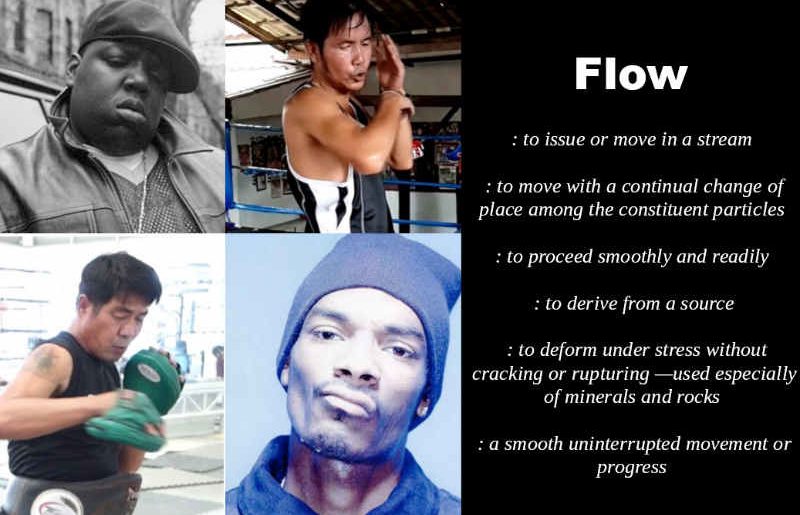
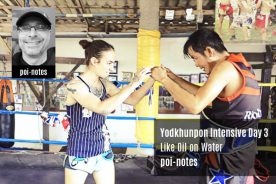



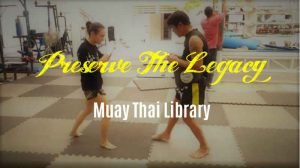
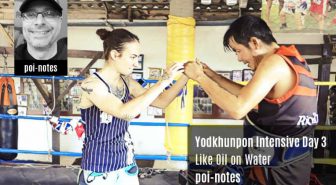
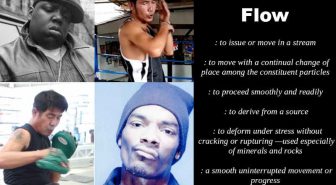
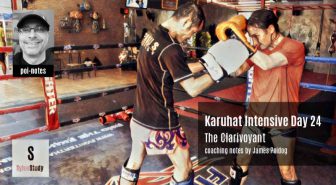

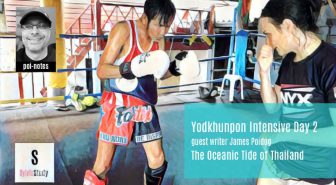
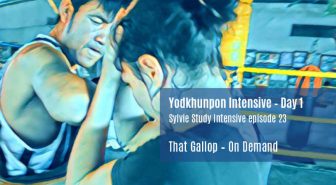
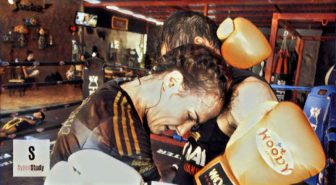
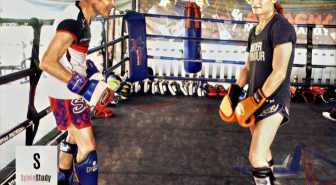
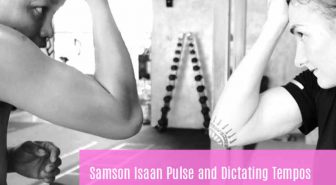
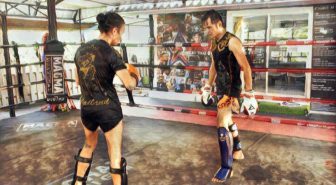
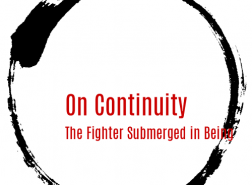
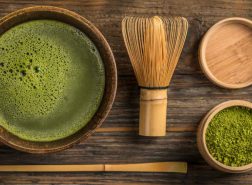
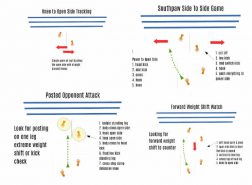
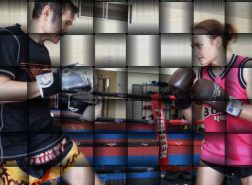
That was an amazing post Kevin! I love your writing style. I was thinking about it by myself lately but couldn’t put it in words, what a coincidence 🙂 Greetings from Poland